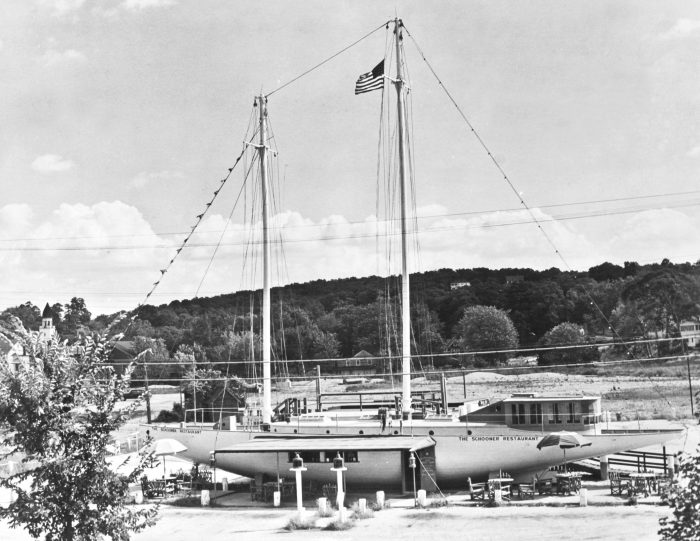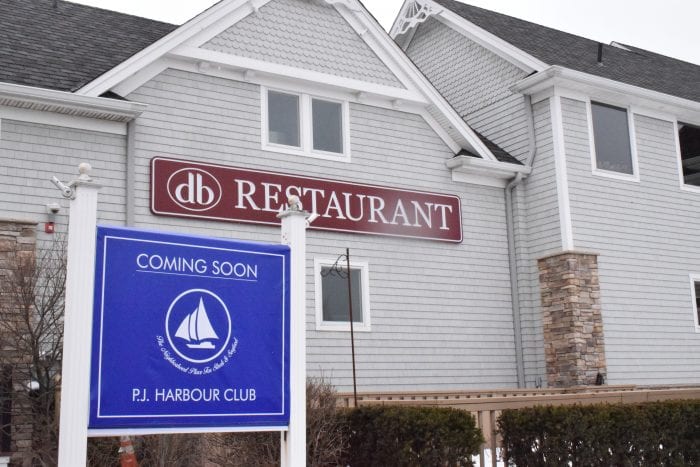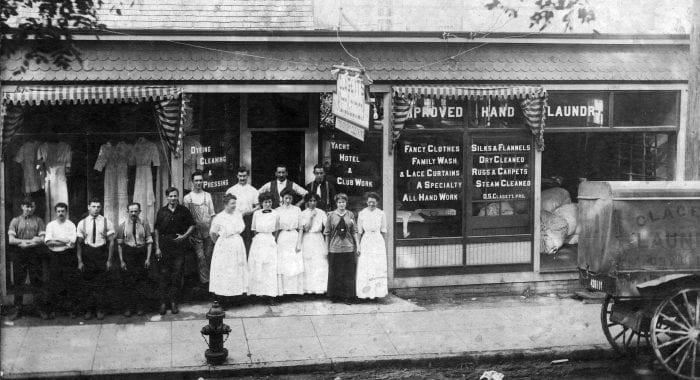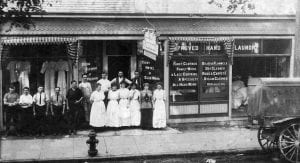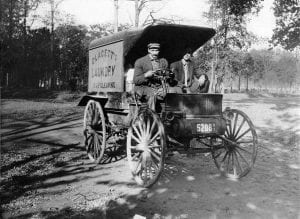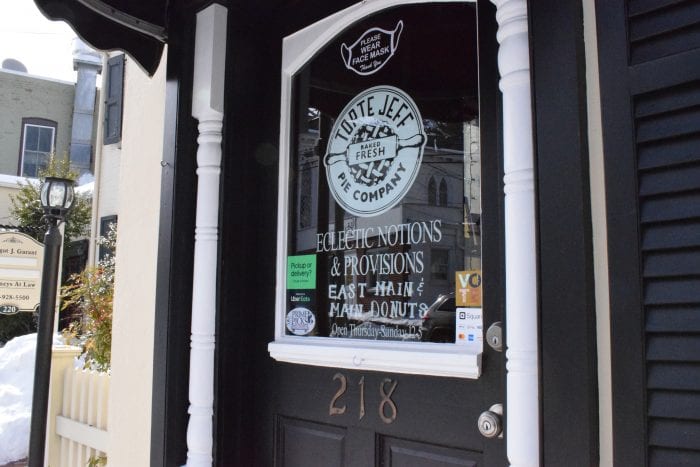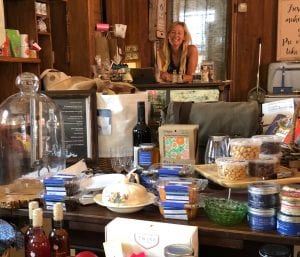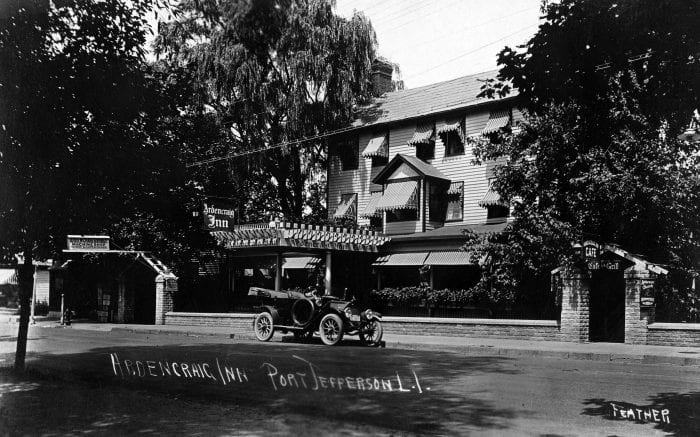On Monday, March 15 at 3:30 p.m., the Village Board of Trustees and Mayor Margot Garant will vote on a resolution proposed by Trustee Rebecca Kassay to launch a pilot community garden program in Port Jefferson Village.
The community garden aims to provide residents, who otherwise do not have garden-ready outdoor space, with square footage to grow their own local, organic food. The garden also provides new recreation and learning opportunities for community members of all ages and skill levels.
Since the year’s start, Kassay and the 11 hardworking members of the Community Garden Committee have researched and met virtually to assemble the 14-page proposal for this pilot program.
The pilot is proposed for currently-vacant village parkland located at the intersection of Beach Street and Sheldrake Avenue. The plan proposes 16 raised beds, noting that some should be built double-high for residents with different abilities.
The committee is currently responding to questions sent by the board after the initial pilot presentation at the village board meeting on March 1, addressing specifics around community programming, initial budget and infrastructure.
If the board approves the pilot program at this Monday’s village meeting, the Community Garden Committee expects that gardeners can be signed up and growing their own produce by early this summer.
The pilot program will launch with a modest budget, seeking to raise funds and attract material donations for the project.
Throughout the year, the committee plans to invite local experts and enthusiasts to host programs offering gardening how-to’s, cooking lessons, nutrition/wellness tips, children’s activities and more.
If the pilot garden project is successful, the committee expects to expand with more raised beds at the Beach Street site in 2022, and in subsequent years, create a second garden site at the Highlands parkland uptown.
Any residents interested in updates about this project can email [email protected]. Residents who are interested in updates about this project can sign up for the garden newsletter here.
Courtesy of Port Jefferson Village Trustee Rebecca Kassay.


